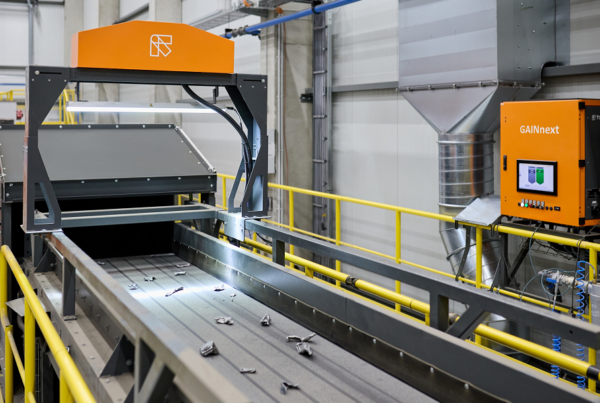On Tuesday, July 2, ReMA (formally ISRI) submitted comments to the U.S. Mint in opposition of its proposal on Friday, May 3 to terminate the century-old Mutilated Coin Redemption Program.
Since its inception in 1911, the redemption program has served as a vehicle for individuals and businesses to exchange damaged or mutilated coins that are no longer acceptable as legal tender. Recyclers have participated in the program for decades. Though the recycling process has changed since the 1900s, the program’s purpose remains the same: to promote confidence in U.S. coinage.
Recovered coinage has become an integral part of many recycling companies’ operations, product mix, and bottom lines. Since the program was suspended in 2015, many recyclers have been collecting these coins and currently have millions of dollars of unredeemed coins in inventory.
“We’ve collected a significant number of coins,” said Damon Dozier, director of government relations at Reworld (previously known as Covanta) a leader in sustainable waste solutions. “We’ve been storing them with the expectation that we would be able to redeem them in the future.”
Given the program’s importance to the industry, ReMA and its members have been advocating for its reinstatement. The association has submitted comments and offered suggestions to strengthen the program, worked with members of Congress to send a bipartisan letter to the Mint about this issue, and members opened their facilities to the Department of Homeland Security (DHS) to help DHS agents understand how recyclers recover, process, and collect these coins.
According to David Wallace, senior vice president of Huron Valley Steel Corp., the company has been participating in the Mutilated Coin Program for at least 40 years.
“This program has always been a win-win; the Mint wanted these coins back and we can recover them,” Wallace said. “It’s even more beneficial now than it was 60 years ago when our company was founded, given what we know about climate change and sustainability.”
Sustainability is a key argument for bringing back the redemption program. Returning the coins to the Mint keeps critical materials out of landfills and helps maintain the integrity of U.S. coinage.
“The metals we’re pulling out are copper, zinc, and nickel—critical materials,” said Mark Weintraub, general counsel for Reserve Management Group (RMG). “The alternative is mining for primary metal. As we move closer to electrification as a society there are more demands to use resources effectively to protect the environment.”
Huron Valley Steel Corp., Reworld, and Reserve Management Group are some of the ReMA members who submitted their own comments to the Mint along with the association’s comments.
“We’re doing what we can to convince the Mint to resume the program,” said Billy Johnson, ReMA’s chief lobbyist. “We hope they’ll take our suggestions and recognize the importance of the program, so it’ll be more secure and allow the Mint to take more coins and reduce the backlog.”
Image courtesy of Huron Valley Steel Corp.









